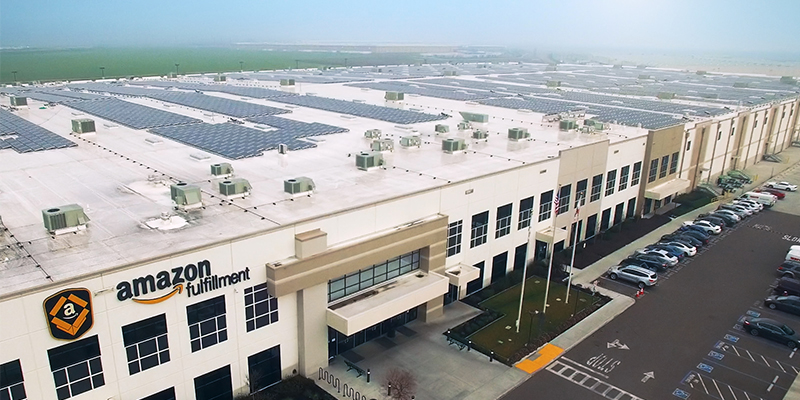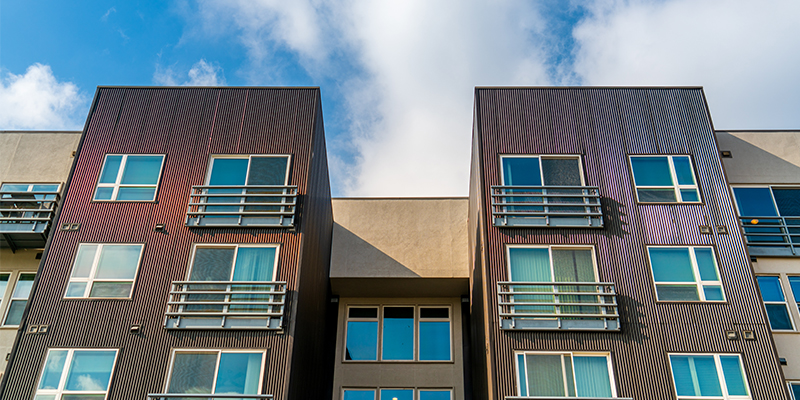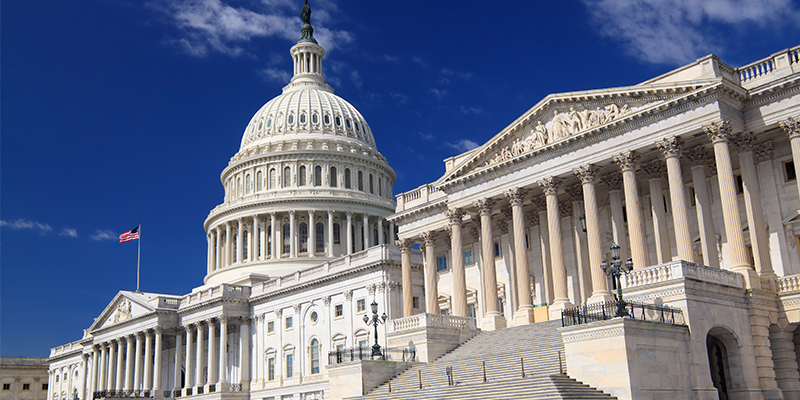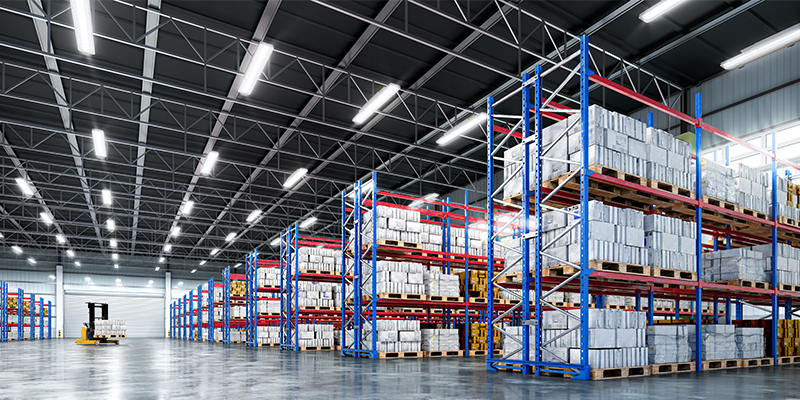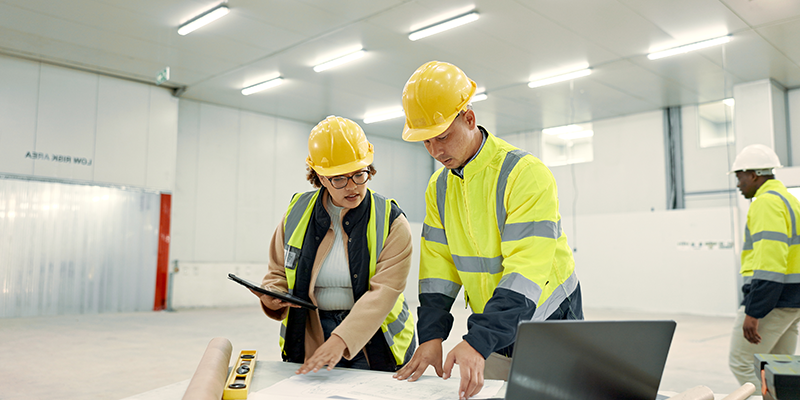By Kelly Hartog
Tackling sustainability on a corporate scale, London Kemp Boykin, director of Global Realty at Amazon, shared how she oversees the company’s over 1 billion square feet and growing industrial real estate portfolio in a session on scaling global sustainable development to drive innovation and operational excellence at I.CON West this week in Los Angeles. Amelia McLear, head of strategic partnerships, Amazon Global Sustainable Development, served as the session moderator.
Kemp Boykin spoke about how her team is a reflection of “how we are impacting the world. We are committed to driving sustainability efforts across Amazon and globally,” said Kemp Boykin.
AMAZON’S CLIMATE PLEDGE COMMITMENT
That pledge is also literal. In 2019, Amazon partnered with the mission-driven organization Global Optimism, committing to achieving net-zero carbon across its operations by 2040. “Today we have over 550 signatories, across 60 industries, and reach in over 45 countries,” Kemp Boykin said, adding that her team is principally focused on five pillars:
- Carbon-free energy
- Waste and circularity
- Reducing water inefficiencies
- Sustainable products and materials
- Community impact
Along with developing and investing in smarter, lower-carbon, efficient and more resilient spaces that align with Amazon’s goals, Kemp Boykin said the company also wishes to create lasting value for Amazon’s customers and the communities it serves, including:
Building electrification, which is critical to significantly reducing scope one emissions and reducing reliance on fossil fuels.
Accelerating the transition to all-electric buildings through design and retrofit strategies.
Flexible energy infrastructure focused on increasing energy capacity to support automation and operational resilience and investing in large-scale deployment of electric vans and trucks across the network through partnerships such as the one Amazon has with Rivian.
Investing in carbon-free energy generation and microgrid solutions to enhance energy independence and grid stability.
SUPPORTING MICROGRID INNOVATION
Amazon supports microgrid innovation at all its distribution sites through smart metering and controls. This allows for real-time energy monitoring and resource optimization, leveraging artificial intelligence to optimize building operations, reducing energy waste, and enhancing predictive maintenance.
The company also invests in lower-carbon construction materials. Amazon is “scaling demand for sustainable materials such as mass timber, lower-carbon concrete and steel, engaging in buyers’ alliances to drive market transformation and cost competitiveness, and integrating material sustainability into procurement standards and the real estate strategy. These efforts are contributing to our business outcome,” Kemp Boykin shared.
In 2023, 29 Amazon building projects were constructed with lower-carbon concrete and steel, collectively reducing embodied carbon by over 79,000 metric tons of CO2e.
LONG-TERM REAL ESTATE PLANNING
Integrating sustainability into long-term real estate planning to drive decarbonization at scale is also a key goal, Kemp Boykin said, noting this enables Amazon “to achieve operational sustainability, reduce emissions, and enhance resilience across the entire real estate portfolio and operations.”
She acknowledged that reducing these emissions requires addressing entire supply chains “from raw material extraction to manufacturing and often involves multiple stakeholders across multiple industries.” She added that the availability of lower-carbon alternatives can be limited and “there are challenges in scaling up these innovations without significantly increasing costs.”
Amazon is addressing this by taking an integrated approach. “First, we focus on technical optimization and lower-carbon construction materials, by leveraging lower-carbon construction materials such as cement, steel, and mass timber and driving commercial optimization through new commercial structures, strategic procurement strategies, and co-investment frameworks with developers to reduce costs and accelerate sustainable real estate solutions,” explained Kemp Boykin.
She also stated that collaborations play a crucial role in scaling innovation, reducing costs, ensuring regulatory alignment, and enhancing supply chain transparency. “We make sure we have very tight working groups with our procurement teams, our public policy teams, and across our transaction management team as well as to mass timber,” which is one of the key construction materials Amazon is scaling.
Why mass timber? “Mass timber is a file-based building material option, which can provide sustainable benefits that other materials cannot,” Kemp Boykin said. “Timber products are part of the biogenic carbon cycle. This is a closed-loop system of absorbing, storing and releasing carbon.”
BEYOND CARBON-FREE ENERGY
Amazon’s investments in carbon-free energy aren’t simply about reducing carbon emissions, Kemp Boykin added. “They’re about reducing risk and charging toward a future where carbon-free energy powers resilience, profitability and real estate growth.”
Amazon’s focus in global realty is to continue transforming the company’s real estate portfolio into “self-reliant and resilient hubs and integrate advanced renewable technologies such as microgrids, battery storage and on-site energy generation,” Kemp Boykin said. “We’re committed to making our buildings more energy efficient and reducing carbon emissions by leveraging robust, accurate and timely data to identify optimization opportunities.”
She added Amazon is focusing on leveraging AI-driven analytics, smart metering and real-time tracking. Through ongoing training, industry workshops, and regulatory guidance, Kemp Boykin said, “We can equip developers with best practices for sustainable building design, electrification and decarbonization. Continuous engagement ensures this work remains at the forefront of industry innovations and evolving sustainability regulations.”
Featured image courtesy of Amazon.
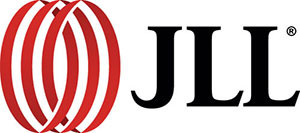
This post is brought to you by JLL, the social media and conference blog sponsor of NAIOP’s I.CON West 2025. Learn more about JLL at www.us.jll.com or www.jll.ca.

